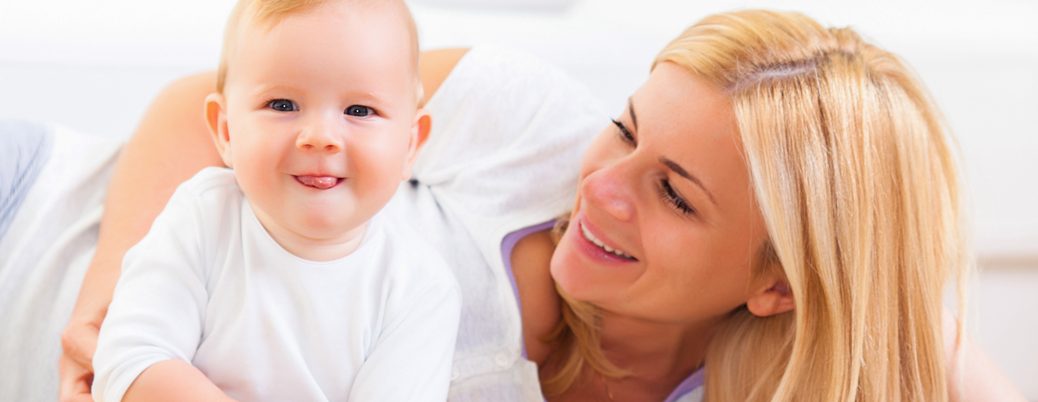WATER AND POOL SAFETY
With summer quickly approaching, water safety becomes a hot topic among parents, although this is the case, water safety should always be on the forefront of our minds. Drowning can occur in as little as three seconds, and is the leading cause of accidental death in children under five years of age. Additionally there are thousands of young victims of near drowning who require emergency room treatment, many whom suffer permanent brain damage. While there is no substitute for supervision, we all need to take responsible steps to reduce the risk of drowning. The following are some key steps we can take to protect our children.
Supervision
1. Never assume your spouse, friend or relative is watching the little one. At gatherings its easy to get distracted by converstation, the BBQ, etc. Always have an eye on your child as to prevent the I thought you were watching her .NO I thought you were watching her! conversation. A supervised child is rarely in danger.
Layered protection
1. If equipped, utilize your home alarm by setting it to chime when doors and window are opened 2. Use locks on all doors, windows and gates that lead out to the pool. 3. Install a safety barrier around your pool 4. Make sure all side access gates to your backyard self-close and that the latching mechanisms are in good working condition.
Educate yourself and your children
1. Educate yourself on water safety, drowning accounts for over 3000 incidents each year in the United States alone, we must all learn what steps can be taken for prevention. 2. Take every opportunity to teach your young ones about the dangers of water. Dont pull any punches with this topic, you will not scare your child but only make aware. Its never too soon to start, they understand more than people often give them credit for. 3. Teach your child to swim as soon as possible. NOTE: Even if your child knows how to swim they are by no means water safe. Your child can be a future Olympian swimmer and still be at the same risk a child who doesnt swim. Most drowning occurs when a child is fully dressed. A strong swimming adult in full dress would have a very difficult time swimming a lap, with panic, possible injury (head trauma) and potential hypothermia in the equation and its near impossible.
Which type of pool barrier is safest?
Pool fences are the safest barrier for you child. Preferably a climb resistant child safety fence. A pool fence captures your pool and is always protecting your child from it. Covers and net systems leave the pool accessible when the pool is in use and often dont get put back up after a party or swim session. Where do the little ones go when the pool is in use? You need separation from the pool and the children once they are done swimming.
With proper supervision, education and layered protection you can greatly reduce the risk of a water tragedy in your home or while on vacation. Dont let a false sense of security or fear of safety statistics, prevent you from taking a positive action of prevention, it may just save a life.
The information above was provided by Mr. Baby Proofer. For more information contact Mr. Baby Proofer by phone 1-888-618-2229 or go to mrbabyproofer.com



